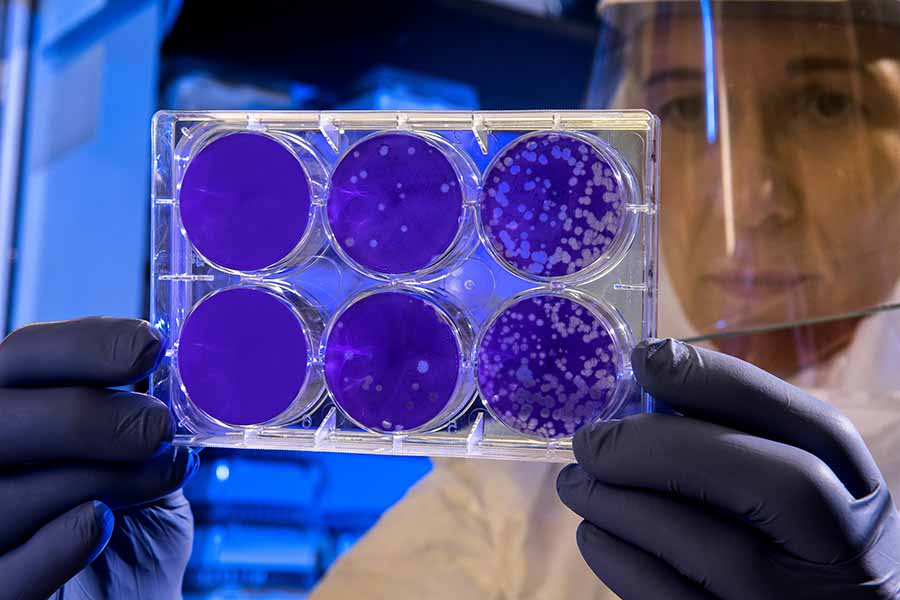Almost everyone has experienced a headache at some point. Whether it’s a dull ache or a sharp throb, headaches can range from mildly annoying to completely debilitating. But not all headaches are the same—and understanding the differences can help you find the right treatment and relief.
In this post, we’ll break down what headaches are, the different types, common causes, symptoms to watch for, and how they can be treated.
What Is a Headache?
A headache is a pain or discomfort felt in the head, scalp, or neck. It can occur on one or both sides of the head, be isolated to a specific location, or radiate across the entire head. Headaches may last anywhere from a few minutes to several days, depending on the type and cause.
Types of Headaches
Headaches are typically classified into two main categories: primary and secondary headaches.

1. Primary Headaches
These are not caused by another medical condition and include the most common types:
- Tension Headaches:
The most frequent type, characterized by a constant, dull ache or pressure on both sides of the head. Often triggered by stress, fatigue, or poor posture.
- Migraine Headaches:
Intense, throbbing pain—usually on one side of the head. Often accompanied by nausea, vomiting, and sensitivity to light or sound. Some people experience an “aura” before the headache begins.
- Cluster Headaches:
Severe, piercing pain usually around one eye, occurring in cyclical patterns or clusters. These can be extremely painful and often happen at the same time each day.
- Hormonal Headaches:
Linked to hormonal changes in women, such as menstruation, pregnancy, or menopause.
2. Secondary Headaches
These result from an underlying issue, such as:
- Sinus Infections
- High Blood Pressure
- Head Injury
- Medication Overuse
- Meningitis or brain tumors (rare)
Common Causes of Headaches
While triggers vary from person to person, some common causes include:
- Stress or anxiety
- Poor sleep or irregular sleep patterns
- Dehydration
- Skipping meals
- Eye strain (especially from screen time)
- Caffeine withdrawal
- Certain foods and alcohol
- Hormonal changes
- Environmental factors (weather, strong smells, bright lights)
Symptoms to Watch For
Headache symptoms depend on the type but may include:
- Dull, aching head pain
- Pressure across the forehead or on the sides of the head
- Throbbing or pulsing pain (typical of migraines)
- Nausea or vomiting
- Sensitivity to light or sound
- Pain behind the eyes
- Visual disturbances (migraine aura)
- Runny or blocked nose (sinus headaches)
- If you experience a sudden, severe headache (often called a “thunderclap headache”), or a headache after a head injury, seek medical attention immediately.
Treatment Options
Most headaches can be treated at home, but chronic or severe cases may need professional help.
At-Home Relief:
- Rest in a quiet, dark room
- Use a cold or warm compress on the head or neck
- Stay hydrated
- Try over-the-counter pain relievers (like ibuprofen or paracetamol)
- Practice relaxation techniques (deep breathing, meditation)
- Avoid known triggers
Medical Treatments:
- Prescription medications (especially for migraines or cluster headaches)
- Preventive medications for chronic headaches
- Physical therapy or massage
- Hormonal therapy (for hormonal headaches)
- Cognitive behavioral therapy for stress-related headaches
When to See a Doctor
You should consult a healthcare provider if:
- Headaches are frequent or worsening
- Pain is severe and sudden
- You experience neurological symptoms (vision changes, confusion, weakness)
- Headaches wake you from sleep
- Pain follows a head injury
- You rely on pain medication more than twice a week
Headaches are a common part of life, but they don’t have to take over yours. Understanding the type and cause of your headache is the first step toward finding effective relief. If you’re unsure or if headaches are affecting your quality of life, don’t hesitate to speak with a healthcare provider. Relief is possible—with the right approach.





